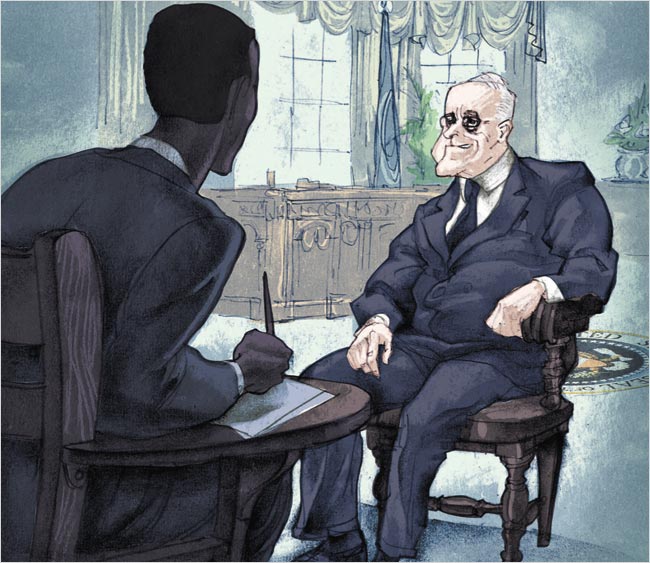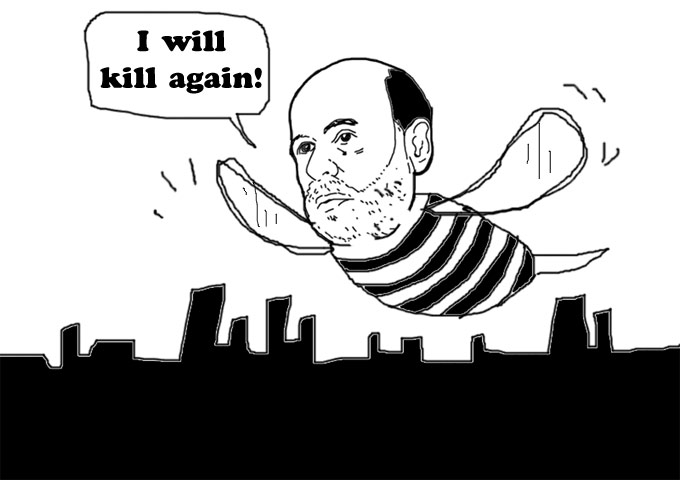Policy of Energy
Energy Scale
Even though much of the world is still suffering from economic
stagnation, most of us would agree that we still have a very high standard of
living in the United States. Compared to previous generations, we are
wealthier, healthier, have better technology more mobility and many more
opportunities for a better life. Several factors contribute to a higher standard of
living, but one of the most important (and most often overlooked) is access to
reliable and inexpensive energy. Affordable energy is essential for almost every aspect of our modern
lives. Without it, we wouldn't have many of the things we often take for
granted. Affordable energy is needed to run the hospitals and laboratories that
improve our health. It’s required to deliver electricity to our homes and put
fuel in our vehicles. It also supports the millions of jobs associated with all
of these things.
Carbon
concerns
In general, the most affordable forms of energy come from fossil fuels,
such as coal, oil and natural gas. Compared to these energy sources,
alternative fuels such as solar and wind power are considerably more expensive
(and less reliable). Burning fossil fuels to generate electricity or provide power
necessarily releases carbon dioxide, or CO2, into the atmosphere. Carbon dioxide, a gas, is what we exhale every time we breathe.
Erupting volcanoes, decaying trees, wildfires and the animals on which we rely
for food all emit CO2. This by-product, which is essential
for plant life and an unavoidable aspect of human life, is at the center of
today’s climate change controversies.
Degree of
change
There is a vigorous debate about what effects carbon emissions may or
may not have on our future climate. Many scientists
have estimated that the earth’s atmosphere has warmed by about 1.3 degrees
Fahrenheit since 1880. Those who believe that increased CO2 emissions inevitably lead to global warming believe
this change is directly attributable to the widespread use of fossil fuels.
Because they believe further warming will have catastrophic effects, they have
waged a war on carbon for many years. They have persuaded regulators to
restrict carbon-based fuels in favor of subsidized alternative energy and
encouraged policymakers to make fossil fuels more expensive in hopes of
discouraging their use.
A matter of
policy
In 2009, some policymakers proposed new legislation called
“cap-and-trade,” which would set a cap on carbon emissions and allow businesses
to buy, sell or trade permits for emitting carbon.
Due to its
severe economic effects and the lack of proven benefits for the environment,
the legislation was widely unpopular and failed to become law. Instead of
accepting this reality, the Administration decided to bypass Congress entirely
and restrict emissions through regulations, which are rules that don’t require
the approval of elected officials. The U.S. Environmental Protection Agency
began restricting emissions from mobile sources such as cars, working with
other agencies to require manufacturers to make more fuel-efficient autos.
Although this
might sound like a good idea, such a policy is loaded with unintended consequences. Vehicles with higher fuel efficiency are typically more
expensive. They also tend to be smaller. For cash-strapped families with
several children, this is a serious problem. Manufacturers
have also tended to make cars lighter as a way of improving fuel efficiency
which can reduce a car’s safety in the event of an accident.
Truth and
consequences
Regulators have also changed the rules for stationary sources of
emissions, including mills, manufacturing plants and refineries. The EPA now
requires new and modified carbon-emitting sources to have permits from various
agencies in addition to separate greenhouse gas requirements. These new
requirements, coupled with lawsuits from non-governmental organizations, stop
expansions that would create value for society and more good jobs. The new
rules also force manufacturers to use the most advanced (which usually means
the most expensive) technologies.
Tale of two
climates
If the goal is really to reduce carbon emissions, it’s worth noting
that the U.S. is doing a good job of achieving that goal without cap-and-trade
programs. In Europe, where carbon cap-and-trade was imposed years ago, carbon
emissions are actually up, not down. The same is true for European energy
prices, which have become more expensive.
In April, the EU’s CO2 emissions-trading program was described as “on the brink of collapse,”
as prices crashed by as much as 45 percent, dropping to record lows. In the
U.S., which has no national cap-and-trade program, carbon emissions and energy prices are both down in recent years. Thanks
to increased U.S. production, natural gas, which cost about $12 per million
BTUs two years ago, now costs less than $4. U.S. crude oil prices are also down
by more than $20 per barrel since 2011. Meanwhile, the U.S. economy is less sluggish than the recessionary economies of much of Europe. An article in the
U.K. acknowledged how the recent boom in U.S. shale oil and natural gas
production has already had “profound” effects.
London’s Daily Telegraph noted that increased production of
these fossil fuels in the U.S. is “creating hundreds of thousands of jobs,
significantly adding to GDP and contributing tens of billions of dollars in
federal, state and local taxes.” Instead of celebrating these developments state and federal regulators in the U.S. keep trying to impose new and more
restrictive carbon regulations. Considering the numerous and extensive
environmental laws already in place, it’s easy to wonder why any additional
carbon legislation – such as cap-and-trade – would be necessary.
Inside your
numbers
All too often state and federal proposals to tax carbon directly or
launch new carbon cap-and-trade schemes have much more to do with raising
revenue than helping our environment. Even with the so-called sequestration, total U.S. spending has not
gone down, but taxes have certainly gone up. As of Jan. 1, a U.S. household
making $50,000 a year pays about $1,000 more in taxes. That isn't nearly enough
to erase the $1.3 trillion U.S. budget deficit, let alone the $16 trillion
national debt. For those who prefer higher taxation to spending cuts, having an
entirely new source of revenue is an appealing way to reduce the deficit.
Unfortunately, taxing carbon, as with all taxes, only takes more resources
from the private sector to support a swelling federal government.
Does this
feel fair?
A recent study by NERA Economic Consulting analyzed the probable
effects of a U.S. carbon tax that starts at $20 per ton and then rises 4
percent per year (which is in line with recent proposals). If such a tax were
imposed, the study estimated that more than 1.3 million U.S. jobs would be lost
this year alone and that workers’ incomes would eventually drop as much as 8.5
percent. Such a tax would also decrease household consumption, due to the
increased cost of goods.
In Arkansas, for example, the average household would have to pay 40
percent more for natural gas, 13 percent more for electricity and more than 20
cents per gallon extra for gasoline. And that’s just in 2013. Costs would rise
even more in subsequent years. For those living paycheck-to-paycheck, price
hikes like these (coupled with higher payroll taxes) can only mean lower
standards of living and less opportunity. Families that spend a bigger portion
of their household income on transportation utilities and household goods are
hurt, not helped, by carbon taxes and cap-and-trade rules that make traditional
forms of energy more expensive.
Almost
everyone is hurt by these higher costs – the exception being those few who
benefit from subsidies.







